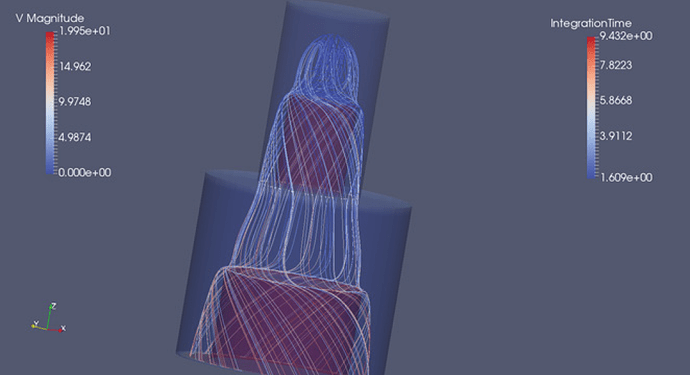

If 'object', can have following attributes. If string, it is interpreted as path to the Python script. catalyst/scripts/: (optional) if present can be a 'string' or 'object'.

catalyst/scripts: (optional) if present must either be a 'list' or 'object' node with child nodes that provides paths to the Python scripts to load for in situ analysis.
#PARAVIEW CATALYST HOW TO#
protocol: 'initialize'Ĭurrently, 'initialize' protocol defines how to pass scripts to load for analysis. These top-level protocols use other internal protocols e.g. The expected children vary based on the protocol described in the following sub-sections. In each of the Catalyst API calls, ParaView looks for a top-level node named 'catalyst'.
protocol: 'finalize': defines the protocol for catalyst_finalize currently, this is empty. ports on which data is made available to in situ processing as well as the actual data from the simulation. protocol: 'execute': defines the protocol for catalyst_execute and includes information about Catalyst channels i.e. protocol: 'initialize': defines the options accepted by catalyst_initialize these include things like ParaView Python scripts to load. Since there are three main Catalyst API functions, the blueprint currently defines three protocols, one for each of the Catalyst API functions. ProtocolĪ blueprint often includes several protocols, each defining the conventions for a specific use-case. ParaView-Catalyst, the Catalyst API implementation provided by ParaView, also defines its blueprint called the ParaView-Catalyst Blueprint. Each Catalyst API implementation can develop its own blueprint. Such conventions are collectively referred to as the Blueprint. Since Conduit Node is simply a light-weight container, we need to define the conventions used to communicate relevant data in each of the Catalyst API calls. Conduit Node provides a flexible mechanism for describing hierarchical in-core scientific data. Each of these functions is passed a Conduit Node object. The Catalyst in situ API comprises for 3 main function calls that are used to pass data and control over to the Catalyst implementation from a computational simulation codes: catalyst_initialize, catalyst_execute, and catalyst_finalize. Thus, it an implementation of the Catalyst In Situ API that uses ParaView for data processing and rendering. This implementation is now referred to as ParaView-Catalyst. 
Starting with ParaView 5.9, ParaView distribution provides an implementation of the Catalyst API. This page is applicable to ParaView Catalyst implementation introduced in ParaView 5.9.







 0 kommentar(er)
0 kommentar(er)
